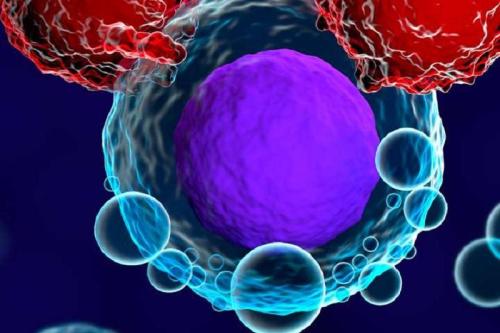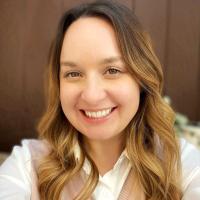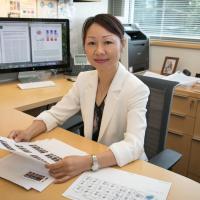
Scientists engineer potent immune cells for ‘off-the-shelf’ cancer immunotherapy
UCLA scientists have developed a new method to engineer more powerful immune cells that can potentially be used for “off-the-shelf” cell therapy to treat challenging cancers.
“Off-the-shelf” cell therapy, also known as allogenic therapy, uses immune cells derived from healthy donors instead of patients. The approach can bring cell therapies, like chimeric antigen receptor (CAR) T cell therapy, to more patients in a timelier manner, which is one of the major barriers in getting these life-saving treatments to patients.
“Time is often of the essence when it comes to treating people with advanced cancers,” said Lili Yang, associate professor of microbiology, immunology and molecular genetics and member of the UCLA Health Jonsson Comprehensive Cancer Center. “Currently, these types of therapies need to be tailored to the individual patient. We have to extract white blood cells from a patient, genetically engineer the cells and then re-infuse them back into the patient. This process can take weeks to months and can cost hundreds of thousands of dollars to treat each patient.”
This new approach, described in Nature Communications, is a crucial step toward developing more effective cell therapies that have a lower cost and wait that can be mass-produced and shipped to hospitals around the world, making CAR-T cell therapy more affordable and accessible to a broader range of patients.
For the study, Yang and her team focused on gamma delta T cells, an immune cell known for its ability to target a wide array of cancers — including solid tumors — without causing graft-versus-host disease, a common complication in allogeneic cell therapies.
While gamma delta T cell-based treatments have been studied before, they have had limited clinical success due to donor variability, short-lived persistence and cancer cells’ ability to escape or avoid the body’s immune response.
However, Yang and her team found that donor gamma delta T cells with high expressions of a CD16 surface marker had a greater ability to kill cancer cells.
“These CD16-high gamma delta T cells exhibit unique characteristics that increases their ability to recognize a tumor,” said Yang, who is also a member of the Eli and Edythe Broad Center of Regenerative Medicine and Stem Cell Research at UCLA and the study’s senior author. “They demonstrate heightened levels of effector molecules and are equipped with the ability to engage in antibody-dependent cellular cytotoxicity against cancer cells. We found by using CD16 as a biomarker for donor selection we can improve their anti-cancer properties.”
Yang and her team also overcame some of the issues seen in previous studies with gamma delta T cell treatments by engineering the cells so they were equipped with CAR and IL-15, two essential components that help enhance gamma delta T cells’ cancer-fighting capabilities.
The team of scientists were then able to efficiently produce the more potent engineered cells in large quantities, which they then tested on two different preclinical ovarian cancer models. They found the cells were capable of attacking tumors and remained in the models for a long period of time, enabling them to continue their anti-tumor effects. Additionally, there were no signs of complications such as graft-versus-host disease.
“The results of this research shed light on the promising feasibility, therapeutic potential, and remarkable safety profile of these engineered CD16-high gamma delta T cells,” Yang said. “We hope this can be a viable therapeutic option for cancer treatment in the future.”
The study’s first authors are Derek Lee and Wenbin Guo from UCLA, and Zachary Dunn from USC. Other authors include Carl Rosenthal, Natalie Penn, Yanqi Yu, Kuangyi Zhou, Feiyang Ma, Miao Li, Tsuan-Ching Song, Xinjian Cen, Yan-Ruide Li, Jin Zhou, and Matteo Pellegrini, all from UCLA, and Pin Wang from USC.
Notes
This work was supported in part by the UCLA Faculty Startup Fund, a UCLA Eli and Edythe Broad Center of Regenerative Medicine and Stem Cell Research Innovation Award and the Ablon Scholars Program.

